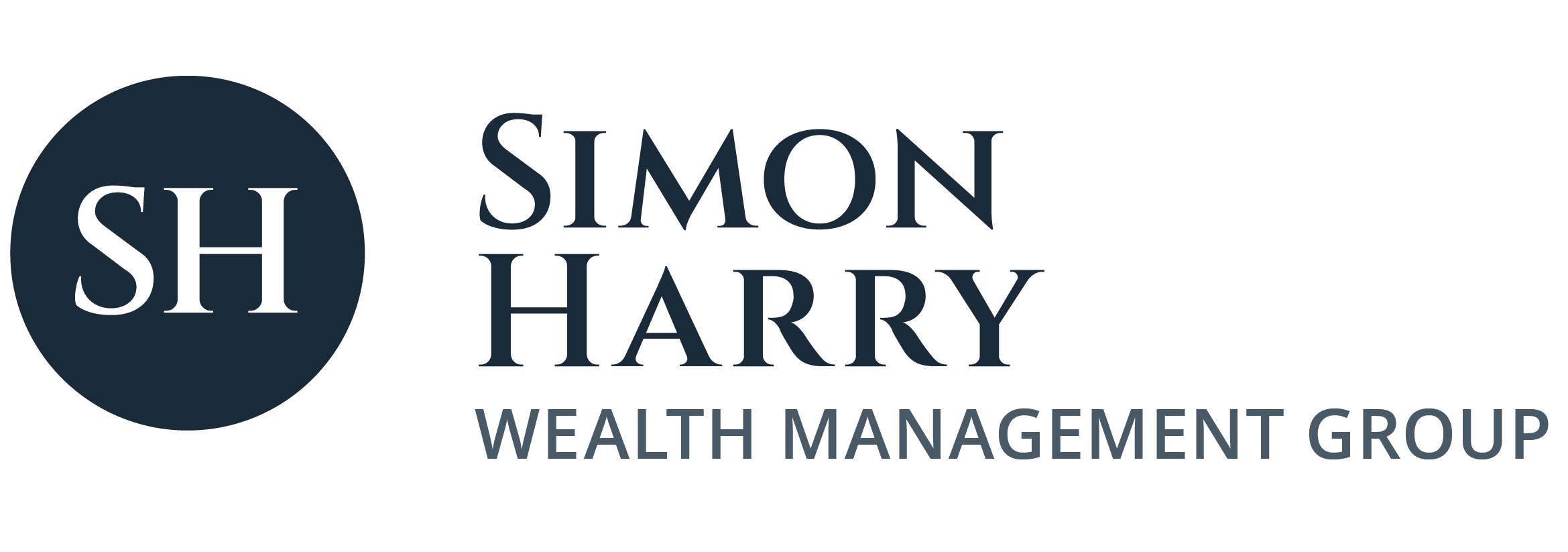Is that a light at the end of the tunnel?
Many technical analysts are thinking that the market is starting to position itself for recovery.
Analysts from RBC, SIA and BMO among others are suggesting that the market is overbought in the short-term and may have a pull back here. This is inside of a broad trading range that is repairing the damage of the 2022 bear market. However, despite expected near-term weakness, overall, the technical action is positive, and evidence is gathering that some sectors and groups are carving out bottoms.
My thoughts
Markets are linked to liquidity creation by the U.S. Federal Reserve (the “Fed”) and the tightening cycle is likely to be reversed shortly as inflation cools. We are in an interesting time right now as prices remain high but commodity prices are down sharply on a year over year basis. My thought is that a good number of companies will have gangbuster profits as many input costs are lower year over year but their prices to their customers remain high. Check out Trading Economics for prices of various commodities. Think of companies that run restaurants, create and distribute food and other consumer staples like cleaning products.
There are definitely serious issues in the system. The regional bank crisis in the U.S., commercial real estate is showing lots of cracks, (look at Brookfield’s mortgage default on some properties in Washington) and if you think about pensions they are likely next to have to report shortfalls. All of this makes sense if you think that interest rates have a one-year lag. Why? It takes that long to flow though to the balance sheets of various institutions so that when they come clean they are forced to take action, sell assets, change portfolio mandates etc. This is what is also leading to my overall bullish thesis on a medium to long-term basis.
Higher interest rates = lower stock, bond, and real estate prices.
If pension funds, financial services and real estate firms didn’t have proper risk control measures in place, they soon start to report shortfalls. We have already seen these hikes test the banking system. Does the Fed wait until it flows through to commercial real estate, insurance companies and pension funds?
It’s a possibility that groupthink stops the Fed from pausing and cutting, but the market is betting that the Fed does see these issues, and will take action to pause and cut sooner rather than later. This can be seen in the two-year U.S. government bond yields. Institutions are willing to give up 82 bps over one year to guarantee they will have 3.82% in the second year. A simplified formula for what the bond market is pricing in follows:
Implied Interest Rate for Year 2 = (2-year yield x 2) – (1-year yield x 1)
The 1 year yield is 4.642%
The 2 year yield is 3.82%
Implied Interest Rate for Year 2 = (3.82% x 2) – (4.642% x 1)
Implied Interest Rate for Year 2 = 7.64% – 4.642%
Implied Interest Rate for Year 2 = 2.998%
This is again in support of a medium-term bullish thesis: if interest rate hikes have hurt the bond market, hurt the stock market, hurt the real estate market, what will happen when rates are cut?
The market might well give some opportunities in the near future and thinking through what is going on may be helpful. I believe that when we break through the range that we are in the market will move sharply to the upside. If you are ready to position yourself when you feel comfortable moving, it might be very helpful. We might not get back to these levels again once this range is broken. If you are looking to have a portfolio of high quality companies that will generate dividends for you over the years, if the market does turn down as it may here, it might be a time to buy some companies that you would like to hold for the long term, or consider adding to managers or portfolios in which you have confidence.
I look forward to hearing from you if you, like me, are looking forward.
Market Volatility, Covered Calls & Tax Efficiency
For our latest Independent Perspectives, I had a conversation with Chris Heakes, Senior Portfolio

